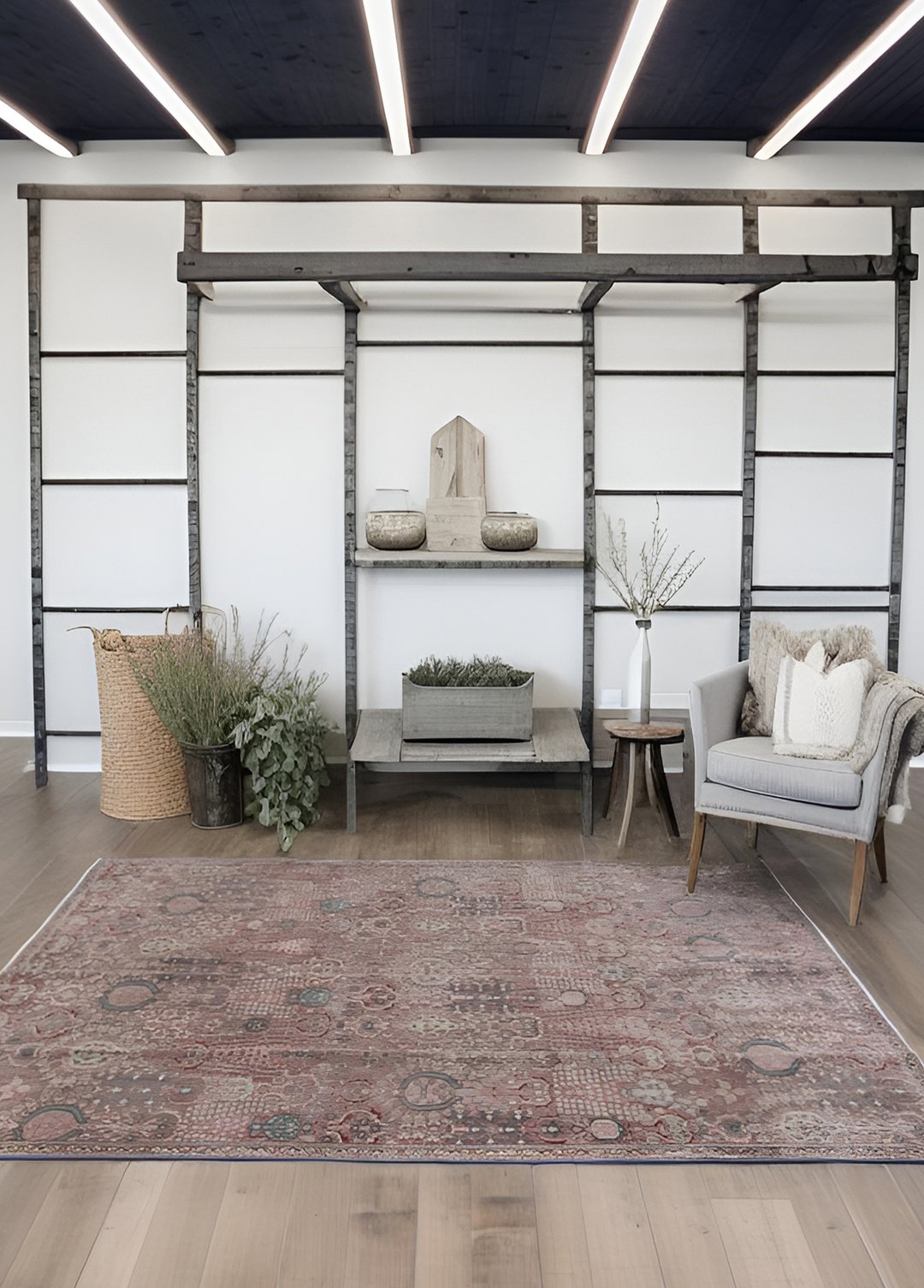Persian handwoven rugs have been renowned worldwide for their elegance, aesthetics, and quality for many years. These rugs, meticulously woven by masters in different regions of Iran, have a history spanning thousands of years. A vital part of Iran's cultural heritage, these rugs are adorned with visually striking motifs carrying deep meanings.
Historical Background and Cultural Significance

Persian handwoven rugs have a rich history dating back thousands of years. Cultural and ethnic groups in different regions of Iran have woven rugs according to their traditions and styles. Often passed down as a family tradition, these rugs have reflected Iran's cultural identity through intricately woven patterns and motifs.
Varieties and Motifs
Persian handwoven rugs are characterized by various patterns, colors, and motifs. Each rug varies depending on the weaver's skill and regional tradition. Upon closer inspection, one can find symbols and motifs carrying profound meanings in each rug. For instance, "garden" motifs are considered symbols of harmony with nature, while "umbrella" motifs are associated with prosperity and wealth.

Production Process and Craftsmanship
The production process of Persian handwoven rugs is lengthy and labor-intensive. High-quality wool or silk threads are first obtained and dyed. Then, skilled artisans meticulously create patterns on the rug weaving loom. This process is carefully carried out for long hours, shaped by the artisans' years of experience. As a result, each rug becomes a unique work of art.
Areas of Use and Values
Persian handwoven rugs are commonly used in home decor and collections. Due to their elegant designs and durable structure, they hold significant places in many people's homes. Additionally, they are often exhibited in cultural events and exhibitions, holding great importance as part of Iran's art and craft heritage.

Persian handwoven rugs not only serve as floor coverings but also reflect Iran's deep and rich cultural heritage. Each rug should be seen as an expression of the artisans' labor and artistry. Therefore, Persian handwoven rugs will continue to be valued as the jewel of art.